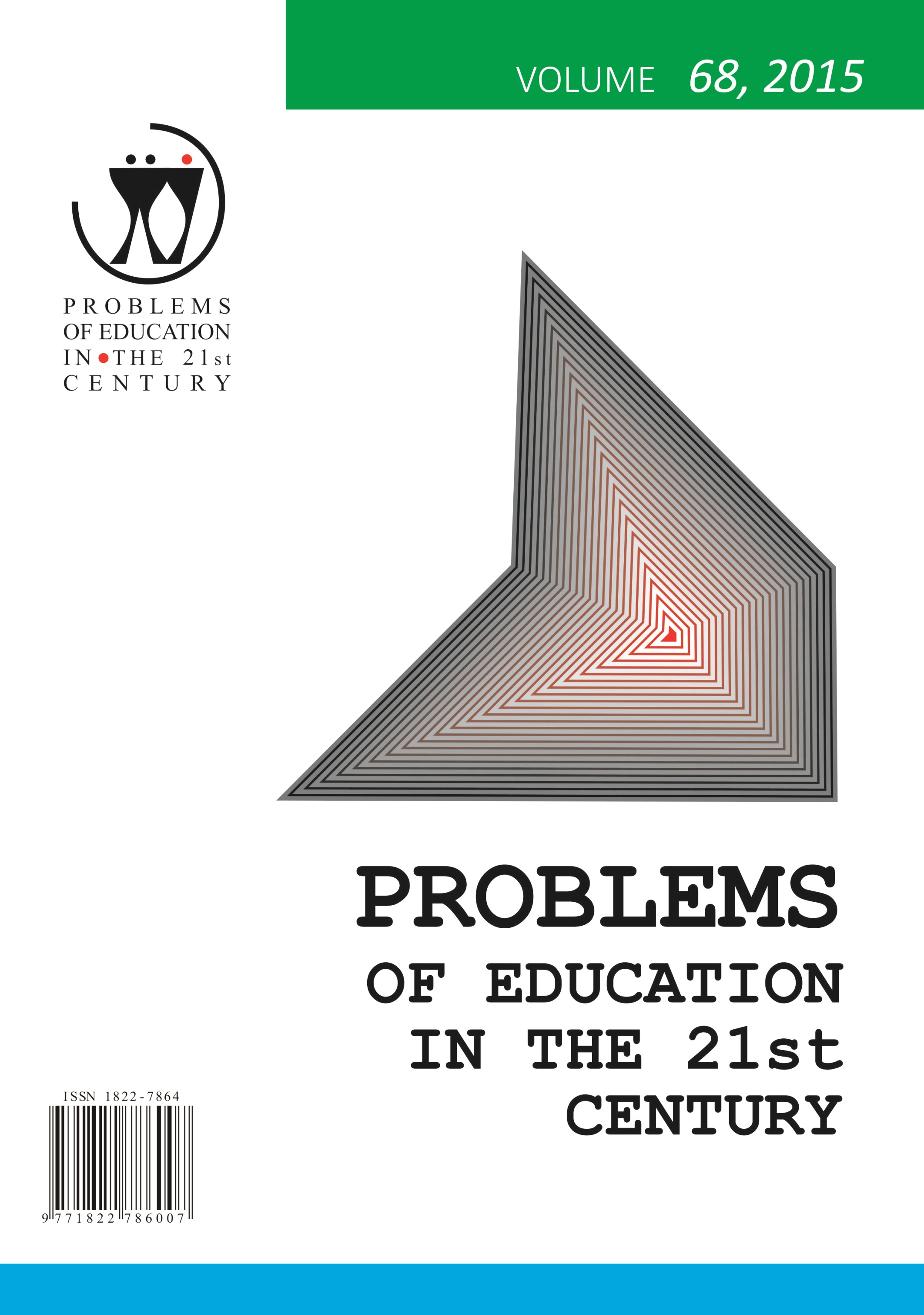CHEMICAL CONCEPTS IN MOTION: THE ROLE OF COLLECTIVE SCHEMES ON THE LEARNING ABOUT INTERMOLECULAR INTERACTIONS
CHEMICAL CONCEPTS IN MOTION: THE ROLE OF COLLECTIVE SCHEMES ON THE LEARNING ABOUT INTERMOLECULAR INTERACTIONS
Author(s): Marcelo Gouveia Nascimento, Gabriel Nicolas Garcia Alves, Marco Antonio Bueno FilhoSubject(s): Education, School education
Published by: Scientia Socialis, UAB
Keywords: Theory of Conceptual Fields; collective schemes; intermolecular interactions;
Summary/Abstract: The purpose of this research is to access data related to how College students collectively develop structural schemes during the resolution of experimental problems of investigative nature. This research included two situations presented to six students in the Undergraduate and Teacher’s Licensure Chemistry Course at the Federal University of ABC (Brazil) involving Liquid Chromatography contents. The students were divided into groups and asked to make a decision about the best experimental conditions to separate a mixture of chlorophyll, xanthophyll and -carotene in spinach extract. They possessed different stationary phases and elements. The students’ explanations were recorded on an audio-visual device and analysed via computer assisted qualitative data analysis software (CAQDAS) supported by the Transana software. As a result, evidence of the collective development of a scheme characterized by conceptual relations pertinent to the structural field was identified; however, such evidence was incomplete. The interference of the teacher in the students’ decision making was a relevant factor during the resolution of the problems. Conceptual and logical operations of thinking (operative invariants) gaps may be an opportunity for a pedagogical intervention during the resolution of problems in the classroom.
Journal: Problems of Education in the 21st Century
- Issue Year: 68/2015
- Issue No: 1
- Page Range: 64-73
- Page Count: 10
- Language: English

